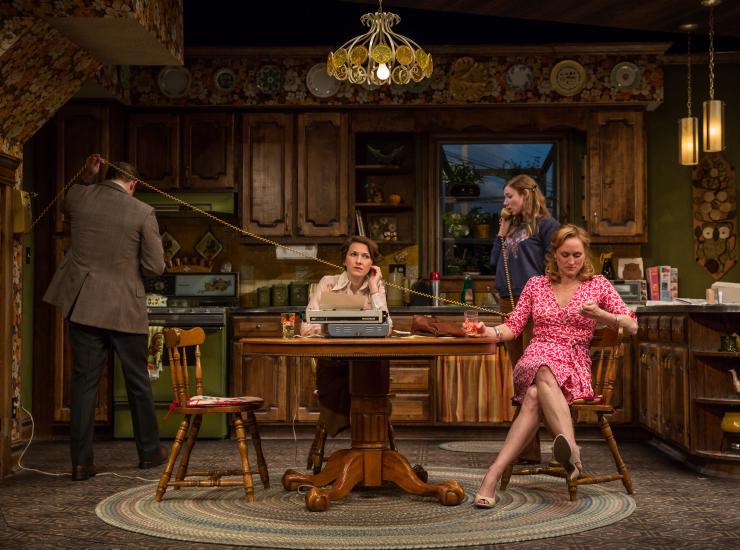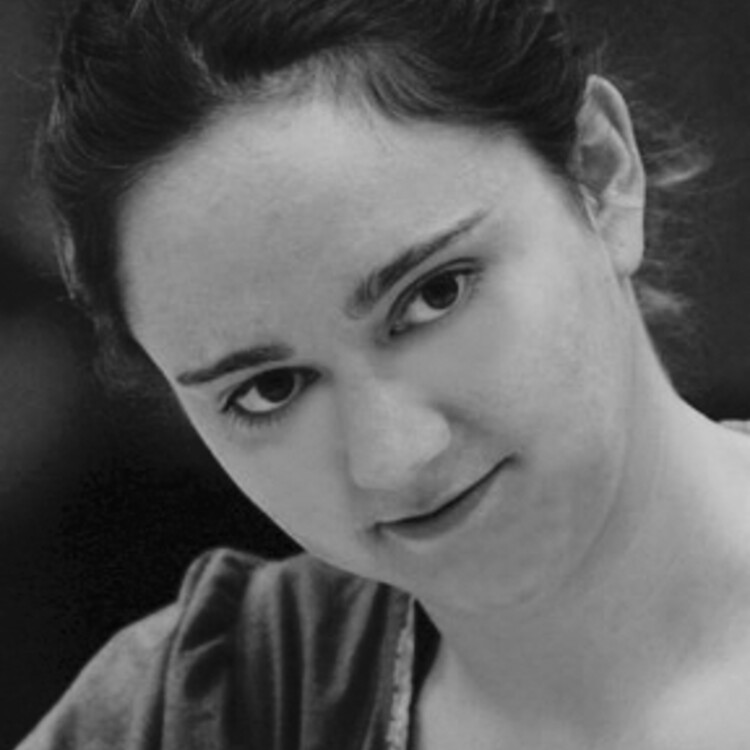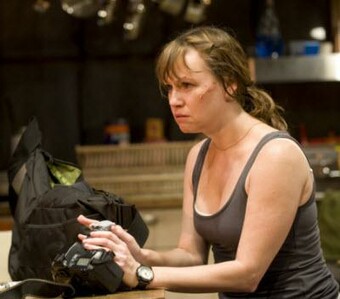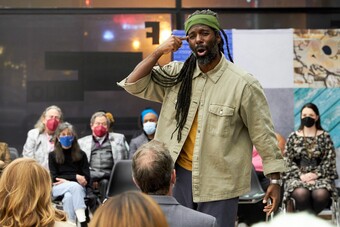Testing New Waters of Audience Engagement at the Goodman
This week on HowlRound, we continue our series on Triple Play, a consortium project between Theatre Development Fund and Theatre Bay Area. Triple Play is exploring the crucial triangular relationship between playwrights, theatres, and audiences with the hope of creating a paradigm shift in the way the field thinks about audiences and the way audiences experience new work. Now in phase two, Triple Play is midway through 300 interviews between playwrights and audience members around the country. This series will share best practices in audience engagement and question how we define the relationship between artists, theatre companies, and audiences. In this piece, Neena Arndt (associate dramaturg at Goodman Theatre) discusses ways the organization provides information to the audience before they see the show.—Alli Houseworth, series curator
Last spring, I sat in the darkened mezzanine of the Goodman’s Owen Theatre while a tech rehearsal played out below me. The team was working out a run-of-the-mill scene transition, figuring out which actor was going to put the dishes in the sink, how fast a costume change could be made, and how much music would need to be played while the transition took place. I’ve been a dramaturg at the Goodman for eight seasons, and have worked in professional theatre for thirteen years, so to me this tech rehearsal of Rebecca Gilman’s Soups, Stews and Casseroles: 1976—in its second production, after its 2014 world premiere at the Repertory Theatre of St. Louis—seemed quotidian (even potentially tedious!). But seated with me was a group of about twenty-five patrons who had signed up for a special behind-the-scenes event, and they sat rapt, immersed for the first time in a type of process they’d never witnessed but had perhaps always wondered about. That evening, they’d listened to me talk about the play, and then heard Tyler Jacobson, a member of our production staff, explain the purpose of tech rehearsals. Then, after warning them to be as quiet as possible, we’d slipped them into the mezzanine to watch. Robert Falls, the Goodman’s artistic director and the director of this production, glanced up briefly but didn’t acknowledge the group; he knew they were coming but we’d agreed that they should be flies on the wall rather than active participants. Nonetheless, I could feel a shift in the room as the observer effect—in physics, the effect of the act of observation on the phenomenon being observed—took hold. Everyone knew they were being watched.
Our goal is to show them that a new play is exciting because it’s untested, not in spite of its lack of production history. Who wouldn’t want to be part of something new?
Every theatre I know aims to “engage” their audiences, and every professional I know who is involved in that engagement has a different idea of what it entails. As a dramaturg, I aim to provide the audience with experiences and information that deepen their understanding of the play and the theatre-making process, and to provide forums for them to respond and opine. For my colleagues in the marketing department, “engagement” involves all these things, but also has the end goal of selling more tickets. For those who work in development, engagement also aims to turn patrons to donors. When I (and my colleague Jenny Gargaro from our marketing department) attended the Triple Play Convening in Boston in January 2015, part of our goal was to figure out how to increase our engagement with audiences in a way that serves our individual audience members, and also accomplishes our many institutional goals.
Not long after the convening, the Goodman received a grant for developing audiences for new plays from the Wallace Foundation, which gave us the financial freedom to examine our existing audiences through focus groups and interviews, to create programming that makes the Goodman a deeper, richer cultural institution, to try out methods of engaging different audience segments (some of whom already come to the Goodman, and some of whom don’t), and to drive ticket sales and donations.
Among the programs we’ve experimented with are the tech night described above, increased video content (currently we have two full-time videographers on staff, one funded by the Wallace grant), a post-show dance party, and a program for fans (and potential fans) of new work called Discover What’s Now. Those enrolled in Discover What’s Now—virtually everyone on our mailing list, although people may opt out—receive emails filled with video content, invitations to special events like the ones mentioned above, and even a few pages of scripts in development. Discover What’s Now aims to make the process of theatre-making more transparent, with the hope that people will become interested not only in the final product, but also in how the sausage gets made. Our research suggests that many audience members trust classics for the same reason we all trust products that have stood the test of time: we believe they must have some worth if they’ve lasted this long.

New plays, with their unfamiliar names and unfamiliar writers—and few of our audience members devote brain space to any living playwrights’ names—entail risk. What if a person pays $50 for a show they end up hating? Or what if a person is organizing a night out with friends, or a date, or a family gathering—and everyone has a poor experience? Our goal is to show them that a new play is exciting because it’s untested, not in spite of its lack of production history. Who wouldn’t want to be part of something new? Letting the audience learn more about process allows them to share in our excitement.
After thirty minutes, we filed out of the mezzanine, and took a few minutes to answer questions and take comments. Some people said they hadn’t realized how complicated it is to stage a seemingly simple moment. Others had clearly enjoyed seeing Robert Falls at work, and getting an understanding of how a creative team collaborates. While I don’t think all audiences would care this much about process, this self-selected group appreciated the rare opportunity to peek behind the scenes.
I went home that night thrilled to have given our patrons new insights. But I wondered, too, how much we can let people “in.” The moment there’s an audience, we all feel compelled to give a performance, if only subconsciously. Still, the more people we can include in everything we do, the better. After all, by definition, theatre is not for those who make it: it’s for everyone else.













Comments
The article is just the start of the conversation—we want to know what you think about this subject, too! HowlRound is a space for knowledge-sharing, and we welcome spirited, thoughtful, and on-topic dialogue. Find our full comments policy here